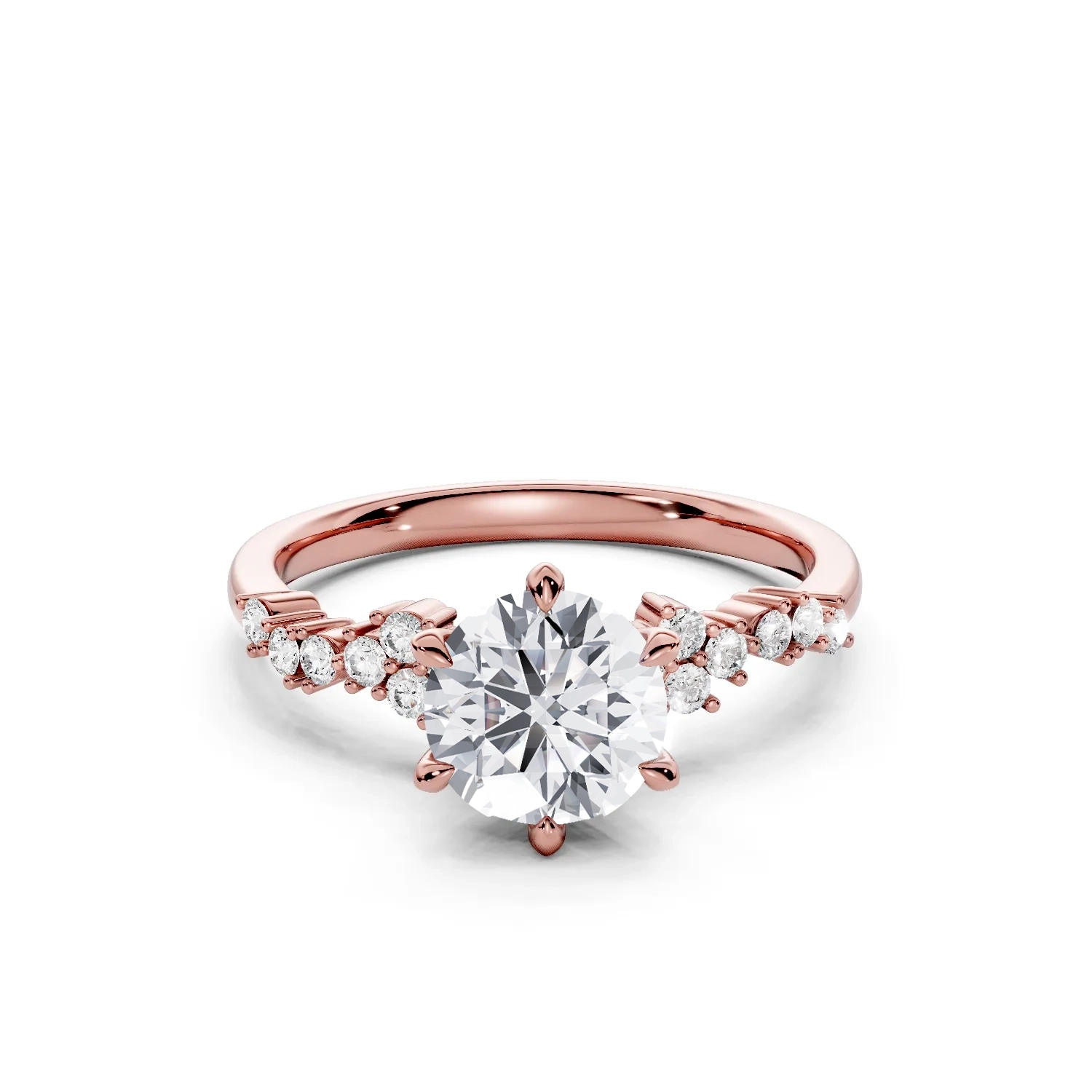Lab-grown diamonds are real diamonds created in a controlled laboratory environment rather than mined from the earth. Unlike synthetic imitations, they are chemically, physically, and visually identical to natural diamonds. The two main methods used to produce lab-grown diamonds are High Pressure High Temperature (HPHT), which mimics the natural formation of diamonds deep underground, and Chemical Vapor Deposition (CVD), which grows diamonds layer by layer from carbon-rich gases. These processes allow for precise control over the diamond’s quality and characteristics, making lab-grown diamond jewelry a reliable and beautiful alternative to mined stones.
Why Choose Lab-Grown Diamonds?
Lab-grown diamond jewelry offers several advantages. They are ethically sourced, minimizing environmental and human exploitation concerns, and they are more cost-effective than natural diamonds of comparable size and quality. Additionally, lab-grown diamonds have a smaller carbon footprint, contributing to sustainable luxury. Importantly, they maintain all the brilliance, clarity, and fire of mined diamonds, ensuring that your jewelry is both stunning and responsible.
Vivre Brilliance: Elevating Lab-Grown Diamonds in Jewelry
Vivre Brilliance exemplifies the artistry and quality possible with lab-grown diamonds. Their Alba – Celeste Cluster Pavé Engagement Ring features IGI-certified diamonds in D, E, and F colors with FL, VVS, and VS clarity grades. The low-profile light pass setting begins with radiant diamond clusters near the center stone, tapering into a staggered pavé line that sparkles like stars around the moon. With zero carbon emissions, this ring blends exquisite craftsmanship with sustainable luxury, making it a standout choice for modern brides seeking timeless beauty.
Conclusion
Lab-grown diamond jewelry continues to redefine elegance, combining science, ethics, and artistry in a way that resonates with today’s conscious consumers.

